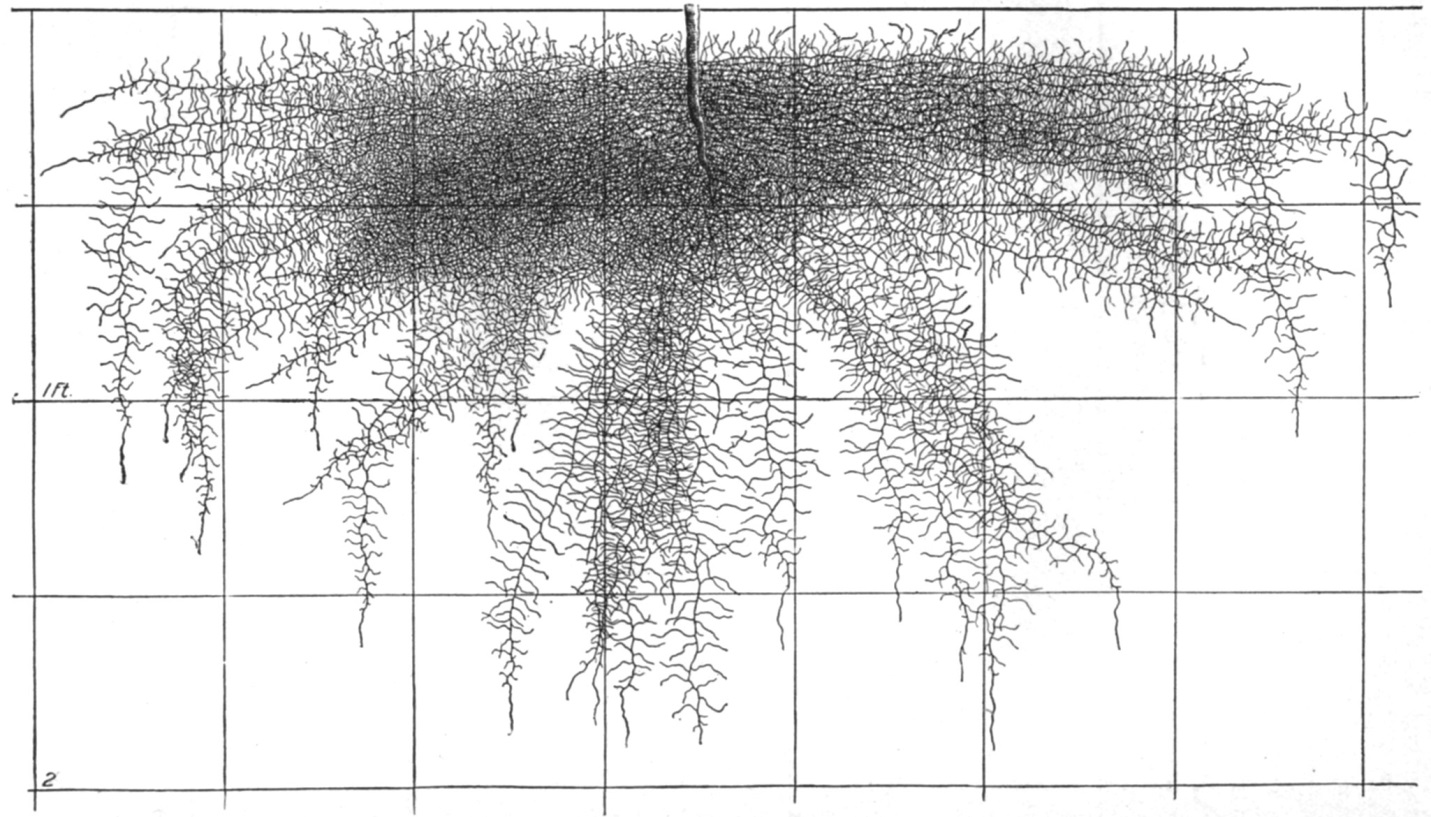- Home
- Vegetable Gardening for Beginners
- Starting a Vegetable Garden
- Pros Cons Raised Bed Gardening
Pro and Cons of Raised Bed Gardening
Everyone LOVES raised beds! They are beautiful, orderly, and easy to reach and work. There's a ton of information on this site on how to build raised beds as well as on raised bed vegetable gardening. And...
There is also information here about how to grow in-ground gardens, because there are advantages and disadvantages to both methods, There are also a bunch of other "methods", but they all are basically either in the ground or a raised bed.
Which method is "better" depends entirely on what YOUR goals are. It's important when you're starting out to be familiar with both the upsides and downsides so you can make the choice that best aligns with your vision.
|
Advantages of Raised Beds:
|
Advantages of In-Ground Beds:
|
|
Disadvantages of Raised Beds
|
Disadvantages of In-Gound Beds
|
Healthy Roots Go Much Deeper Than a Raised Bed
Here are a couple of examples of how deep the roots of a healthy plant actually go when it is not restrained (each square represents one foot):
 A Single Beet's Roots at 14 Weeks of Age
A Single Beet's Roots at 14 Weeks of Age A Pepper Plant's Roots at 6 Weeks of Age
A Pepper Plant's Roots at 6 Weeks of AgeMore Raised Bed Articles:
|
Raised Bed Garden Kits Raised Bed Corner Brackets Raised Strawberry Bed |
Raised Bed Construction Raised Bed Garden Designs: Photo Gallery French Intensive Raised Bed Garden (Double Dug) |
Help share the skills and spread the joy
of organic, nutrient-dense vegetable gardening, and please...
~ Like us on Facebook ~
Thank you... and have fun in your garden!
Affiliate Disclaimer
This website contains affiliate links to a few quality products I can genuinely recommend. I am here to serve you, not to sell you, and I do not write reviews for income or recommend anything I would not use myself. If you make a purchase using an affiliate link here, I may earn a commission but this will not affect your price. My participation in these programs allows me to earn money that helps support this site. If you have comments, questions or concerns about the affiliate or advertising programs, please Contact Me.Contact Us Page



